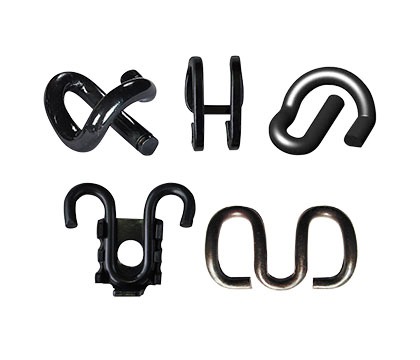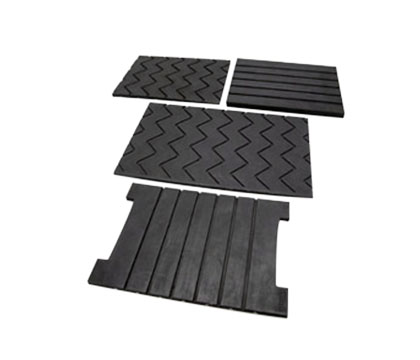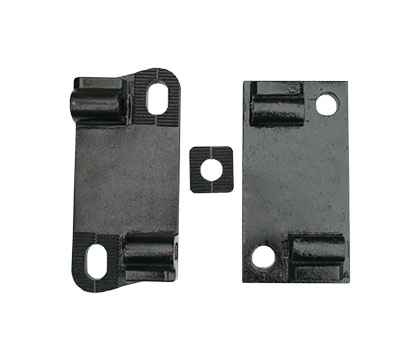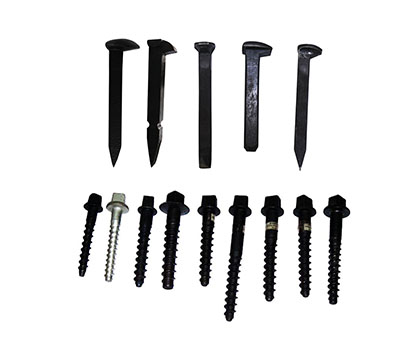Railway travel has become an integral part of modern transportation, with train travel being a preferred choice for many people around the world. The advancement of railway technology has led to the creation of rail fastening systems that ensure the safety of passengers and workers on the tracks. One crucial component in these systems is the railroad tie plate, also known as the base plate or sole plate. In this article, we will explore the important role played by railroad tie plates in ensuring the safety of railway transportation.
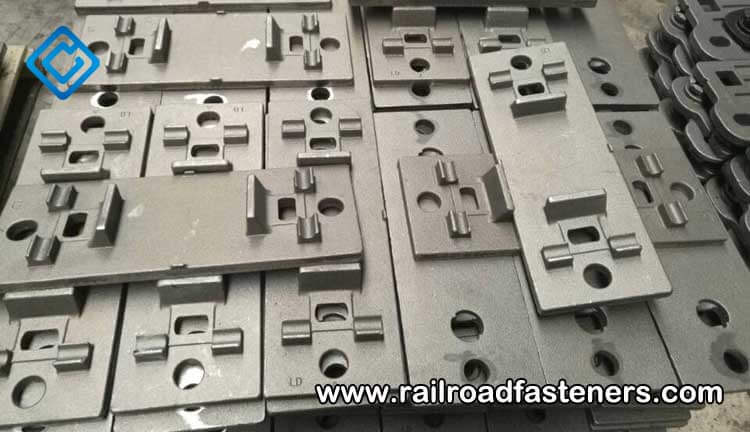
Railroad tie plates are steel plates that are used to fasten the rails to the sleepers. They are placed between the rails and sleepers and are usually tapered at each end to ensure stability and hold the rail to the correct gauge. The rail tie plate is fastened to the sleepers using rail bolts or rail spikes through the holes in the plate. They can be used on both wooden sleepers and concrete sleepers, and play an irreplaceable role in fastening the rails to the sleepers.
Various Types of Railroad Tie Plates
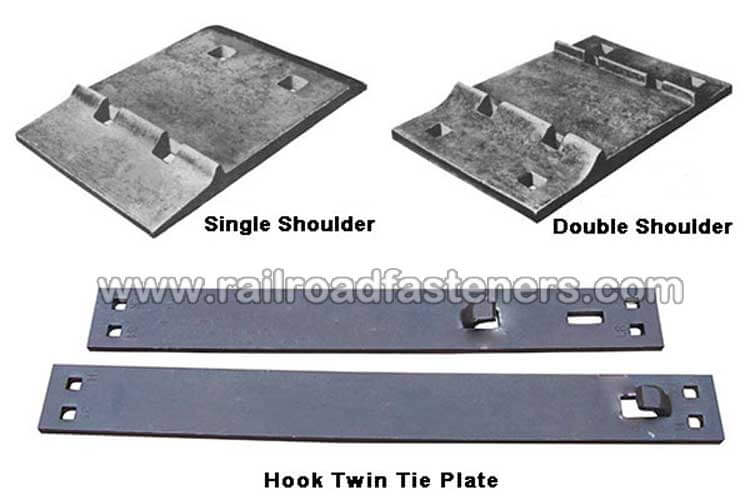
There are different types of railroad tie plates, with each designed to suit specific rail weight ranges. Single shoulder tie plates have only one raised edge and are used to fit against one end of the rail. They are typically used in rails with a weight range of 56lb to 100lb. Double shoulder tie plates, on the other hand, have two raised edges and a sunken bed in the middle that is used to match the rail. These plates are used for rails larger than 100lb. There are also different types of single-shoulder tie plates, such as 2-hole, 4-hole, 5-hole, 6-hole, or 8-hole, all of which are available.
The Important Role of Iron Plate
Railroad tie plates play several critical roles in rail fastening systems that contribute to the safety of railways and passengers.
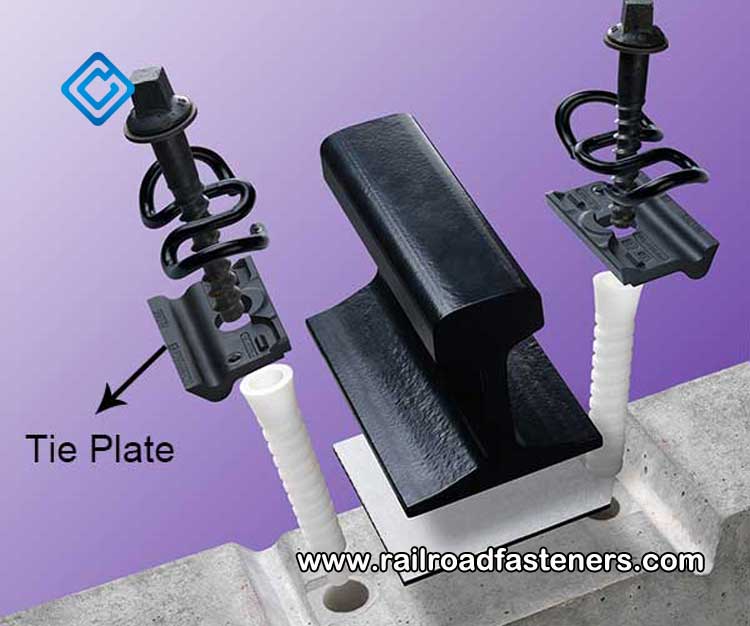
- Firstly, they fasten the rails to the sleepers, which provides a solid foundation for the rails and reduces the abrasion damage to the sleepers. With the help of rail spikes and other fastening components, rail tie plates can fix the rail tracks properly, ensuring the safety of the train's movement.
- Secondly, railroad tie plates help to keep the correct rail gauge. The weight of passengers and the train can cause the rail to deviate slightly from its original track. It is tie plates, together with sleepers, that fasten the rails tightly so that the trains can run safely on the tracks. It is also vital for railway workers to inspect and repair the railroad regularly, especially for the replacement of rail spikes, tie plates, or other fastening accessories after a period of use.
- Thirdly, tie plates help to distribute the weight forced on the rail. Railroad tie plates can evenly distribute the weight of the train, cargo, or passengers. The use of tie plates helps to reduce the friction between the rails and ties and makes the sleepers last longer. With tie plates, the rails can bear the pressure evenly so that they can maintain a smoother surface.
- Lastly, railroad tie plates help to fasten the rail fastening system. With the application of high-speed rails and the use of concrete sleepers, fastening systems are becoming more popular. Railway tie plates provide support for the entire fastening system and need the assistance of rail spikes, rail clips, or rail clamps to secure the rail to the tie. The spikes can fasten the tie plates and the sleepers tightly, and the spring clips can hold against the rails. Each part of the rail fastening system performs well with its functions.
The application of tie plates and rail fastening systems reduces the risk of accidents and improves the safety of passengers and cargo. It is essential to ensure that the rail fastening system is maintained correctly, and that the tie plates are inspected regularly for wear and damage.

